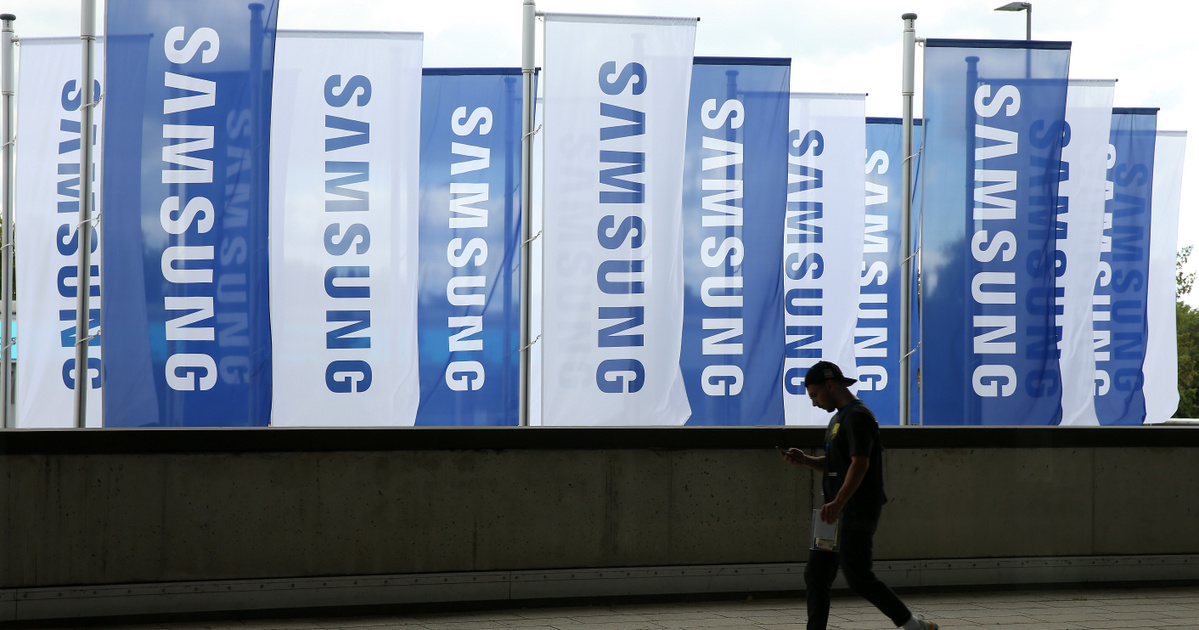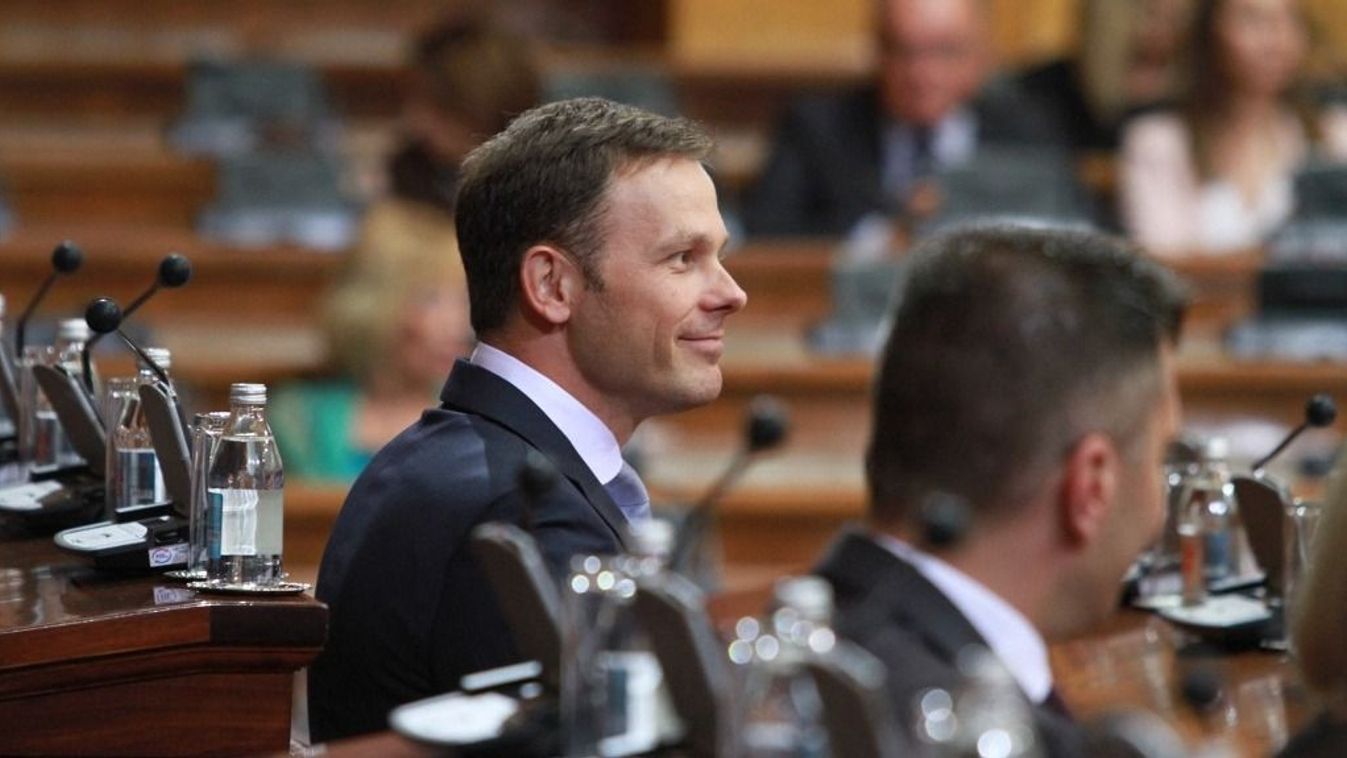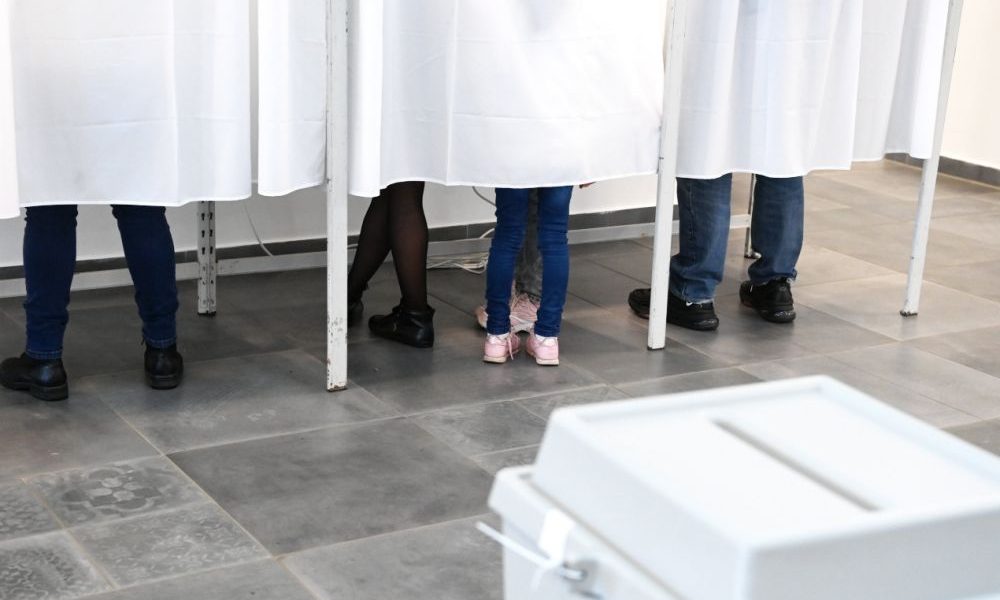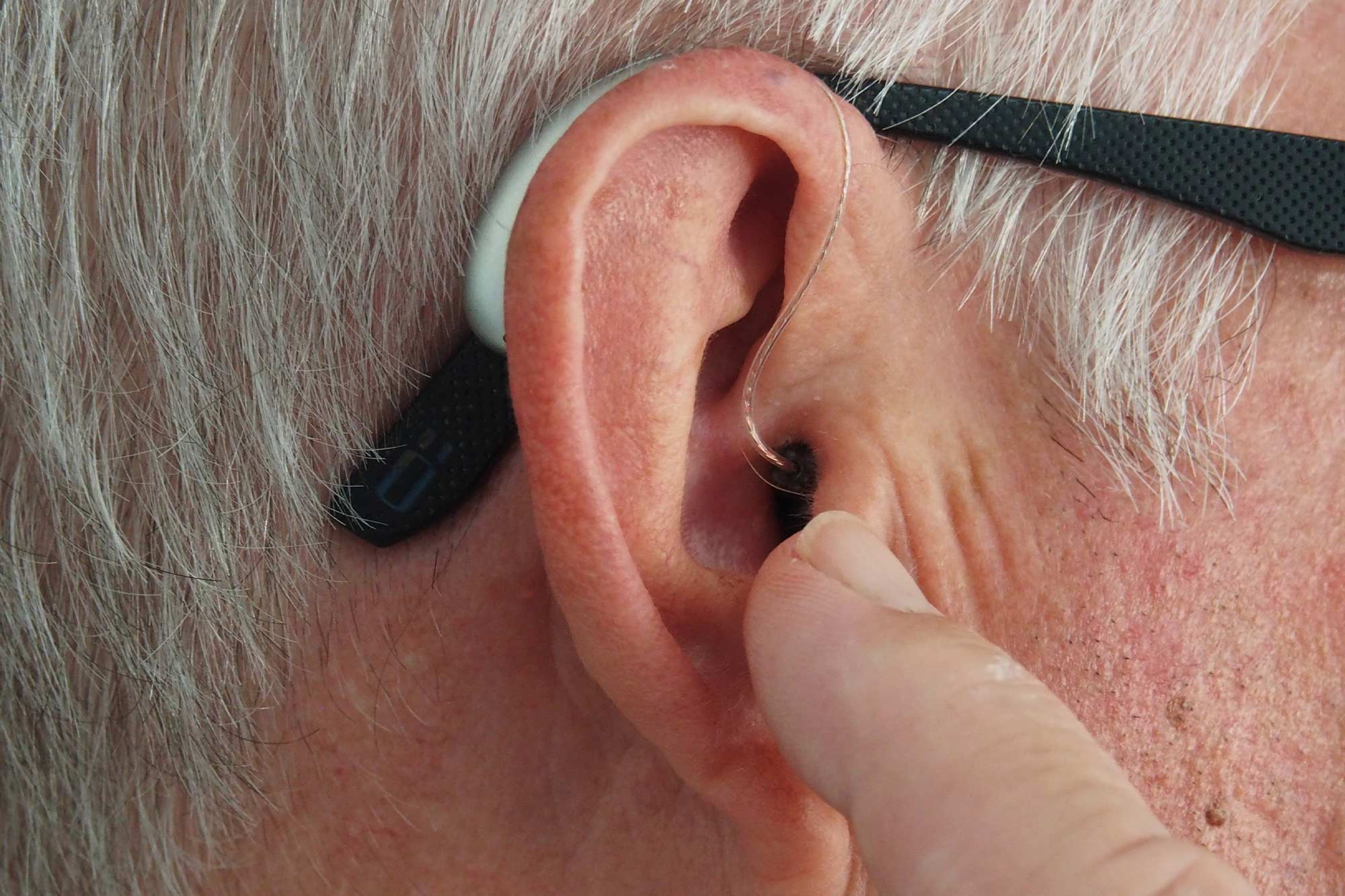The Office for National Statistics also reported that, according to its revised calculations, the value of UK GDP fell by 0.2 per cent in July instead of the 0.1 per cent decline in the previous estimate, and in August only by half the previous estimate of 0.4 per cent. , 0.2 percent.
The revision of the estimates was justified by lagging data from the services sector, which accounts for 80 per cent of UK GDP.
According to the Office for National Statistics on Thursday, real GDP grew 1.3 percent in real terms in the third quarter after growing by 5.5 percent in the second quarter.
Based on all this, UK GDP was 0.6 per cent lower in September than it was in February last year, the last full month before national restrictions imposed in March 2020 to curb the coronavirus epidemic.
Gross domestic product for the third quarter of this year, according to an Office for National Statistics report on Thursday, was 2.1 percent lower than the fourth quarter of 2019, the last full quarter before the coronavirus outbreak.
It also means that within the Group of Seven leading industrial economies (G7), Britain is once again the furthest from achieving the economic loss from the coronavirus shock.
According to the Office for National Statistics, the gross domestic product of the United States has already exceeded its peak at 1.4 percent, followed by France with only 0.1 percent, Italy with 1.4 percent, and Germany with 1.5 percent of GDP before the outbreak of the pandemic.
Japan and Canada have not yet released their third-quarter GDP estimates, but already in the second quarter, GDP in these two G7 economies was only 1.4 and 2 percent lower than it was at the end of 2019, respectively.
The British Statistics Office also confirms that every sector of the British economy is performing behind pre-pandemic levels.
Within the cumulative GDP gap of 0.6 percent between February of last year and September 2021, the services sector performed 0.3 percent lower, manufacturing 2.5 percent, and construction 1 percent lower than in the second month of the month. last year.
At the same time, the cumulative decline in performance compared to February of last year was much less than the fall-free decline last spring of 19.6 percent in real terms in the second quarter of 2020 and an average of 9.7 percent in real terms last year. .
The decline in GDP in both the second quarter and the whole of last year was unprecedented in the recent history of the British economy.
Last year’s downturn also meant that the value of UK GDP fell back to 2013 levels, meaning the shock of the coronavirus pandemic has consumed seven years of growth.
According to London financial analysts, the current performance of the British economy does not justify the Bank of England raising its key interest rate to a depth of 0.10 per cent in the near future.
Samuel Tombs, chief commercial economist at Pantheon Macroeconomics in London, highlighted the 1.5 per cent growth in the third-quarter outlook in last week’s monetary report, according to last September’s gross domestic product data.
According to Tombs, all this makes it more likely that the Bank of England will wait until next February with its first rate hike.
(MTI)











































